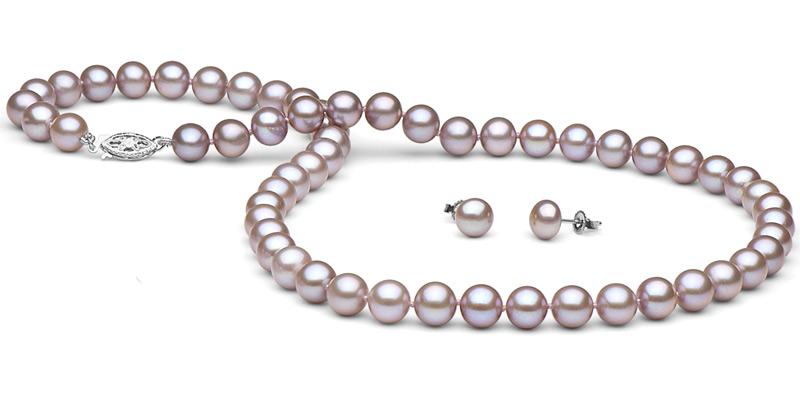How to Distinguish Between Natural Pearls and Cultured Pearls?

Due to the arrival of large number of cultured saltwater pearls in the market, which were found to be of much better quality than many of the natural pearls, that are treasured for centuries, it has really posed great danger to all the natural pearls.
This is becoming more predominant as some people are purposely choosing those cultured pearls having the most intriguing and potentially confusing structures that can be seen on radiography.
Often, they are introduced in the market as natural pearls. These cultured pearls are in fact by-products of pearl production of beaded cultured pearls which are known in the market as a keshi cultured pearls.
Since there are overflowing amount of these bead less cultured pearls, SSEF had to take measures for the protection of natural pearl market.
First step taken by them is to have clear definition of both natural as well as cultured pearls. Any natural pearl can be considered as those pearls which formed, without intervention of any human.
They are strictly obtained from wild oysters or mussels who are living in their natural habitat, while those pearls stemming from certain pearl cultivation farm will be considered as cultured pearl.
Natural versus cultured pearls
After performing radiography test to check the internal feature of the pearls, both cultured and natural pearls were checked.
The cultured pearls showed either a small curved and dark line or larger curved cavity just at the pearl’s centre.
Another common feature was found on these cultured pearls was round dark core that was made of very fine circular conchiolins layers, that was often with few small nacre points at the centre.
The radiography of pink pearl necklace can exhibit various characteristic of internal structures such as curved dark lines or cavities etc. that are typical for any cultured pearl.
However, in few pearls all these structures can be traced only by using a technique called micro X-ray tomography.
If the colour uniformity in the surface of the pearl is in same condition for a large sample of all these white pearls then it is a strong indication that all the samples are originating from the same group of cultured pearls.







